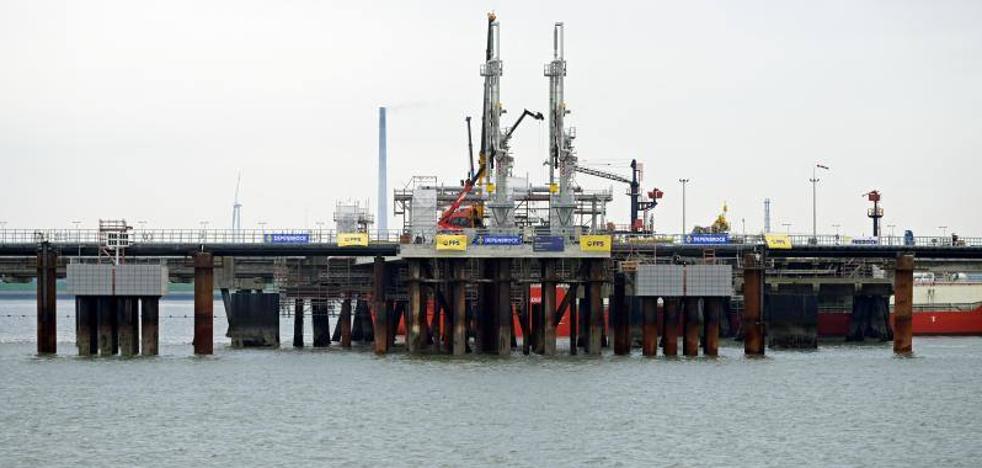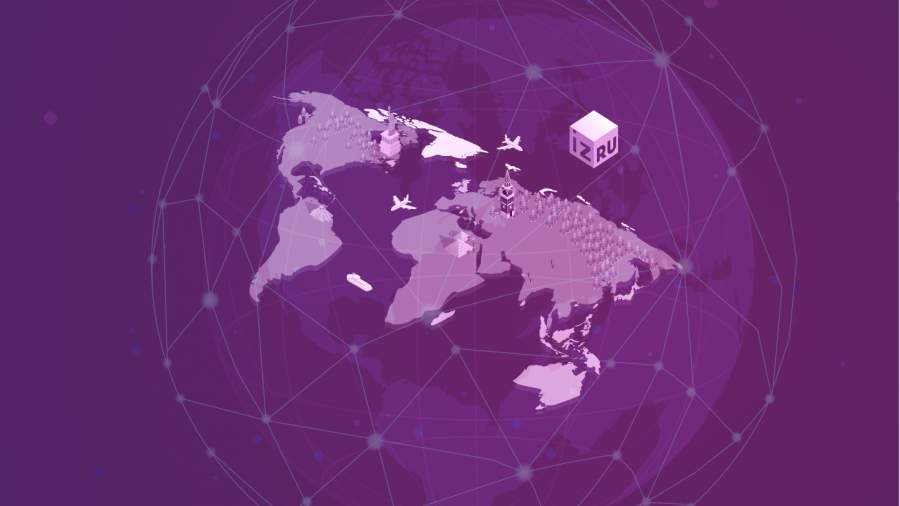General view of the new floating Liquefied Natural Gas terminal in the port of Wilhelmshaven, which allows Germany to import gas by ship from other countries, on Tuesday. /
Experts warn, however, that the storage will not be enough to get through the winter and cover private consumption and industrial needs.
Germany appears to have overcome the difficulties of cutting off Russian gas supplies in retaliation for sanctions on Moscow over the Ukraine war. This Tuesday the country’s gas reserves reached the level of 100%, coinciding with the inauguration in Wilhelmshaven, on the shores of the North Sea, of the first port terminal for the reception of liquefied natural gas (LNG).
The European gas infrastructure association GIE announced that deposits with gas reserves in this country contain 245.44 terawatt hours up to their maximum capacity. Experts warn, however, that these reserves will not be enough to get through the winter and cover private consumption and industrial needs. In January and February of this year alone, Germany consumed 227 terawatt hours of gas, according to data from the Federal Network Agency. For this reason, it depends to cover its needs in the coldest season of the year on the continued supply from Norway and on the entry into operation of the port terminals for the reception of LNG.
For this reason, the Berlin Executive and the authorities of the federal state of Lower Saxony have celebrated the commissioning and connection to the national gas network of the terminal built in a few months in the port of Wilhelmshaven. Next month, a special ship, a floating storage and regasification plant, will anchor there, where they will be able to unload large gas carriers loaded with LNG at the beginning of 2023. “The early decision to choose Wilhelmshaven as a platform for LNG imports has proved to be the right one,” said Olaf Lies, head of economics in the Lower Saxony government.
His colleague from the Environment, the green Christian Meyer, stressed that the new terminal is a decisive contribution to guarantee the energy supply to his region and to Germany. ‘The goal is to switch to climate-neutral green gases as soon as possible and for Wilhelmshaven to become a platform for green hydrogen and renewable energy imports into the North Sea,’ Meyer said.
The works for the construction of the first German port terminal to receive liquefied gas began last May. At the end of 2023, another twin terminal is scheduled to become operational in the same port. Since the beginning of the war in Ukraine, Germany and Europe have been striving to have other sources of gas due to the cut in supply from Russia, which until the beginning of the war covered more than half of the country’s needs. In addition to appreciably increasing the purchase of natural gas from Norway, Germany expects to cover a large part of its needs with the new LNG terminals, which will be supplied mainly from the United States and Qatar.
#German #gas #reserves #reach #LNG #port #terminal #inaugurated








